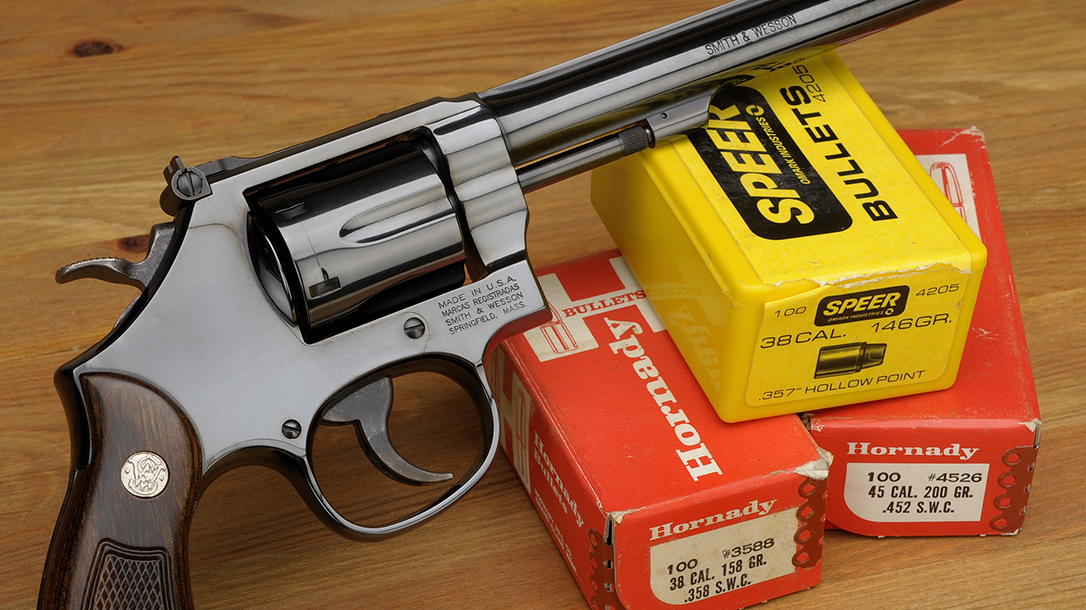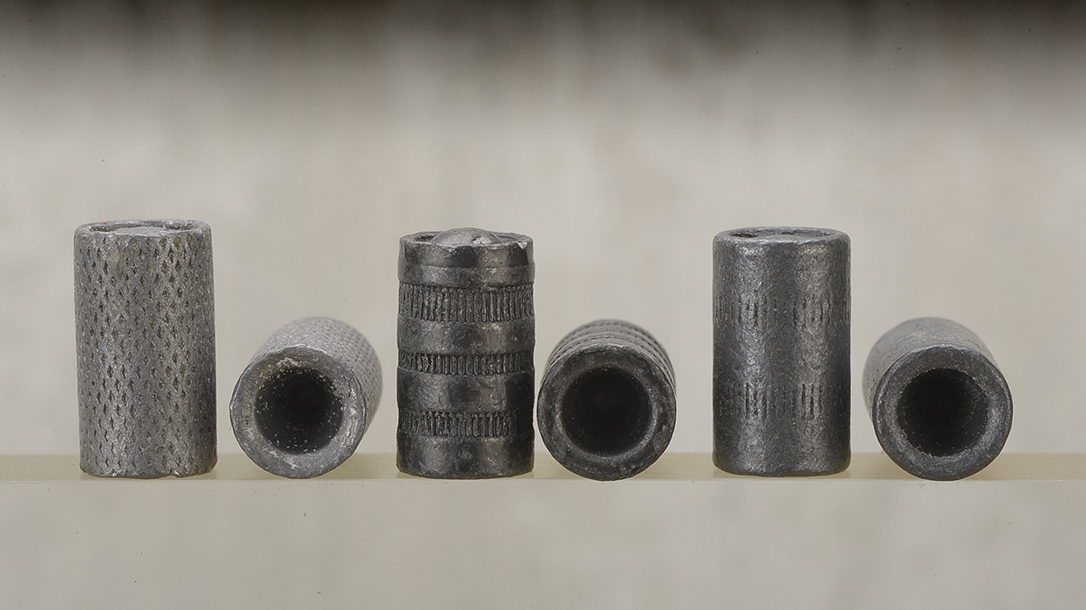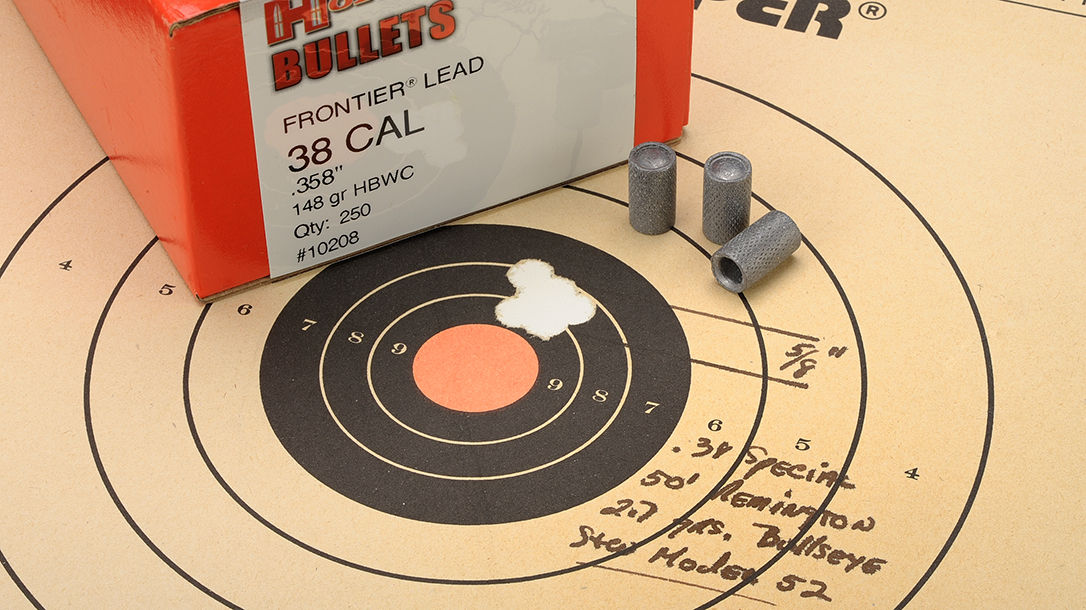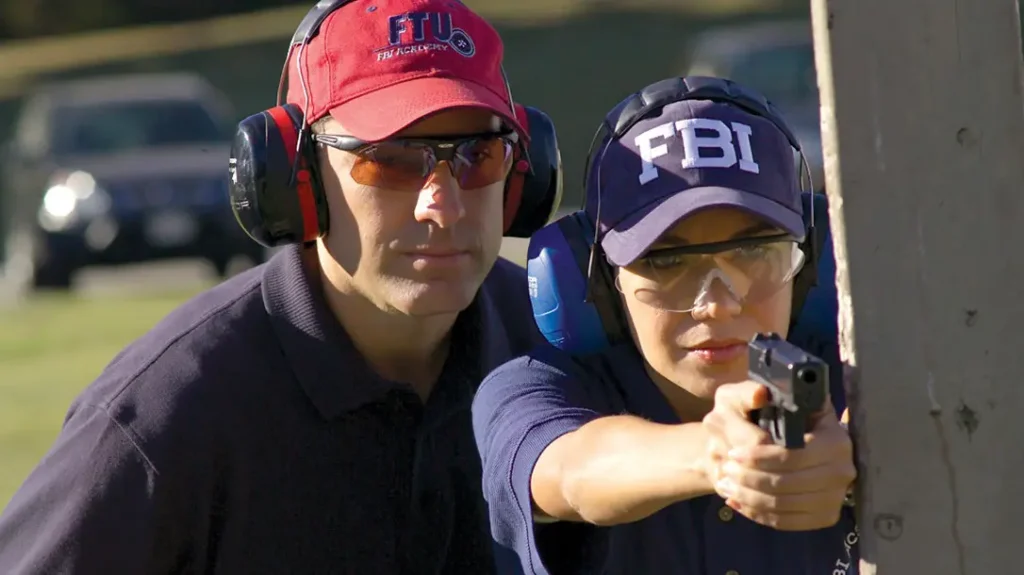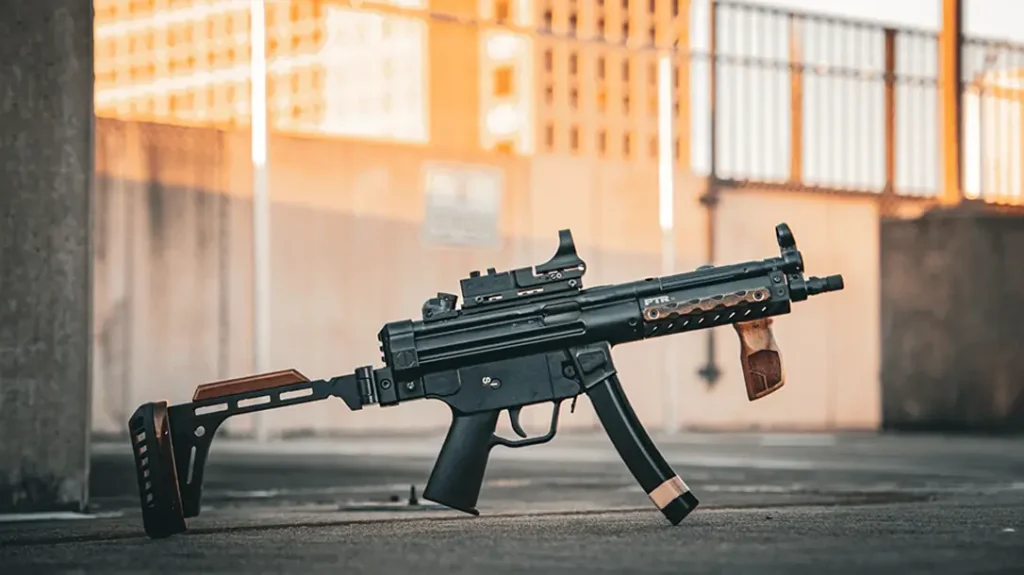Flat-nosed bullets seem to fit into a few categories for most people. Either you like them or you don’t. Either you use them for fun or you don’t. Recently at the range, I queried my friends on their opinions. The breakdown ran from “Sure, I like them for defense in my little snubbie by the bed” to “Never had a need for them or used them anywhere” to “No, I don’t like lead bullets in any form.”
Revisiting the Classic Wadcutter
Wadcutters are essentially special-purpose bullets with a flat front designed to be used for shooting paper targets with low velocities and recoil to keep the shooter from getting tired during extended matches. With the subsonic velocities of wadcutters around 900 fps, the first shooter mentioned earlier was correct: For defense inside of the home, a short-barreled gun with wadcutters makes for a very persuasive weapon when the chips are down and will inflict a formidable wound. As a fun gun, a revolver chambered in .38 Special is the perfect tool for introducing the younger generation to the larger centerfire calibers. Usually the first gun put into a beginner’s hands is a .22, but soon they will see a “big” gun and want to try it. Instead of employing heavy loads, wadcutters are great for those beginners to start climbing their way up the ladder in the shooting sports.
Advertisement — Continue Reading Below
When it comes to target shooting, the front of the wadcutter is sized for the caliber and loaded flush with the case mouth. Since small powder charges are employed, pressure isn’t an issue. And because of its design, it will cut very clean holes in the target downrange. That makes scoring easy for judges, especially when points are scored to the next ring higher on the paper. Aside from the specially built Smith & Wesson Model 52 that often uses wadcutters for target duties, most competitors shooting these bullets use revolvers, so feeding isn’t a problem. Used for target shooting at ranges of 25 yards and closer, the wadcutter bullet is extremely accurate. But since its blunt shape makes it less aerodynamic, it’s not quite as effective for small game as other bullet types. Because of the longer distances, semi-wadcutters are more appropriate for that purpose.
The Components
Wadcutters are lead bullets, and in years past, most dedicated shooters scrounged around for used wheel weights, melted them down and poured them into bullet molds made by a variety of manufacturers. In fact, many molds are still made today. For example, the Hensley & Gibbs #50 mold was one of the most popular when Bullseye shooting reached its heyday. Other names like Sacco, Lyman and RCBS dominated the field. Since the process of making lead bullets takes a lot of time and effort, shooters today generally opt for the wide variety of pre-cast bullets available over the counter.
For use in my Model 52 and a few of my revolvers chambered for the .38 Special, the Hornady 148-grain hollow-base wadcutter (HBWC) is a good choice. I have used this bullet for years, and it never fails me for plinking or competition. Remington has cut back on many of its component bullets in recent years, and its lead 148-grain wadcutters were unfortunately discontinued. I liked those bullets; they seemed a bit harder than the competition, and leading was less of a problem. Finally, Speer is still in the fray with one offering, another HBWC.
Advertisement — Continue Reading Below
When it comes to reloading these bullets, a few extra considerations are in order. For all applications, the wadcutter is loaded flush with the mouth of the bullet. Using faster propellants is better, and I prefer either Bullseye or Winchester 231. Slower powders can be used in revolvers, but when it comes to the Model 52, I want a faster burn rate to help work the action in a snappy manner.
Powder Charges
Because the powder charges are small—around 2.7 grains of Bullseye—checking for double charges is a necessity. Occasionally, on cases that have been used before, the inside bottom has been blackened and the charge is hard to see. Employing the use of a small flashlight or penlight is a good idea before finishing the round off with a bullet.
Because we are working with smaller charges, it goes without saying that a premium powder measure is in order. I like those that have both small and large adjustments and are adjustable by a micrometer setting on the drum. Follow a routine when dispensing powder. I drop the charge in each case followed by tapping the reservoir. This makes sure every grain is down and into the case. Finally, don’t forget to tighten the adjustment screw before you make the final run and check every 10th charge on the scale. The result is more consistency—a necessity for target loads.
Advertisement — Continue Reading Below
When purchasing dies, make sure you buy a set that shows a “WC” seating die or stem. This seating stem is nearly flat on the end. It allows a good fit on the bullet as it is pushed into the case. Seating stems that are made for pointed or hollow-point bullets will deform the bullet, resulting in inaccurate seating.
More Tips
From here, a few more tips are in order. I like to use chrome- or nickel-plated brass for my target ammunition if it is available. After sizing, measure each case, as the .38 Special autopistol needs cases that do not exceed 1.140 inches long overall.
Advertisement — Continue Reading Below
Since seating wadcutter bullets is akin to trying to push a square peg down a round hole, each case mouth needs to be flared so you can ease the bullet into the cartridge case. Not much of a flare is necessary. Just a little bit more than you would use on a jacketed bullet will suffice. The bullet should slide into the case without any shaving from the outer surface. Once I have a sizable quality of loaded ammo, I like to finish everything off with a roll crimp for easy feeding.
Followers of the .45 ACP can download target loads using lead semi-wadcutter bullets from Hornady and Speer. While they will not make those well-defined holes in the targets, they are just as much fun to shoot. In my Colt Gold Cup, powders range from Bullseye to Unique, Herco, AA-5 and Winchester 231. Since the case is larger, powder charges will range from 4.4 grains of Bullseye to 7 grains of AA-5. Load with a very moderate flare and finish with a taper crimp. The .45 ACP headspaces on the mouth of the case.
While slower-moving target loads for the .38 Special and .45 ACP are not on the minds of many in this fast-paced world, we should all take a timeout, slow down a little and enjoy what wadcutters offer today’s shooters.
Advertisement — Continue Reading Below
This article is from the March-April issue of Combat Handguns magazine. Grab your copy at OutdoorGroupStore.com. For digital editions, visit Amazon.
